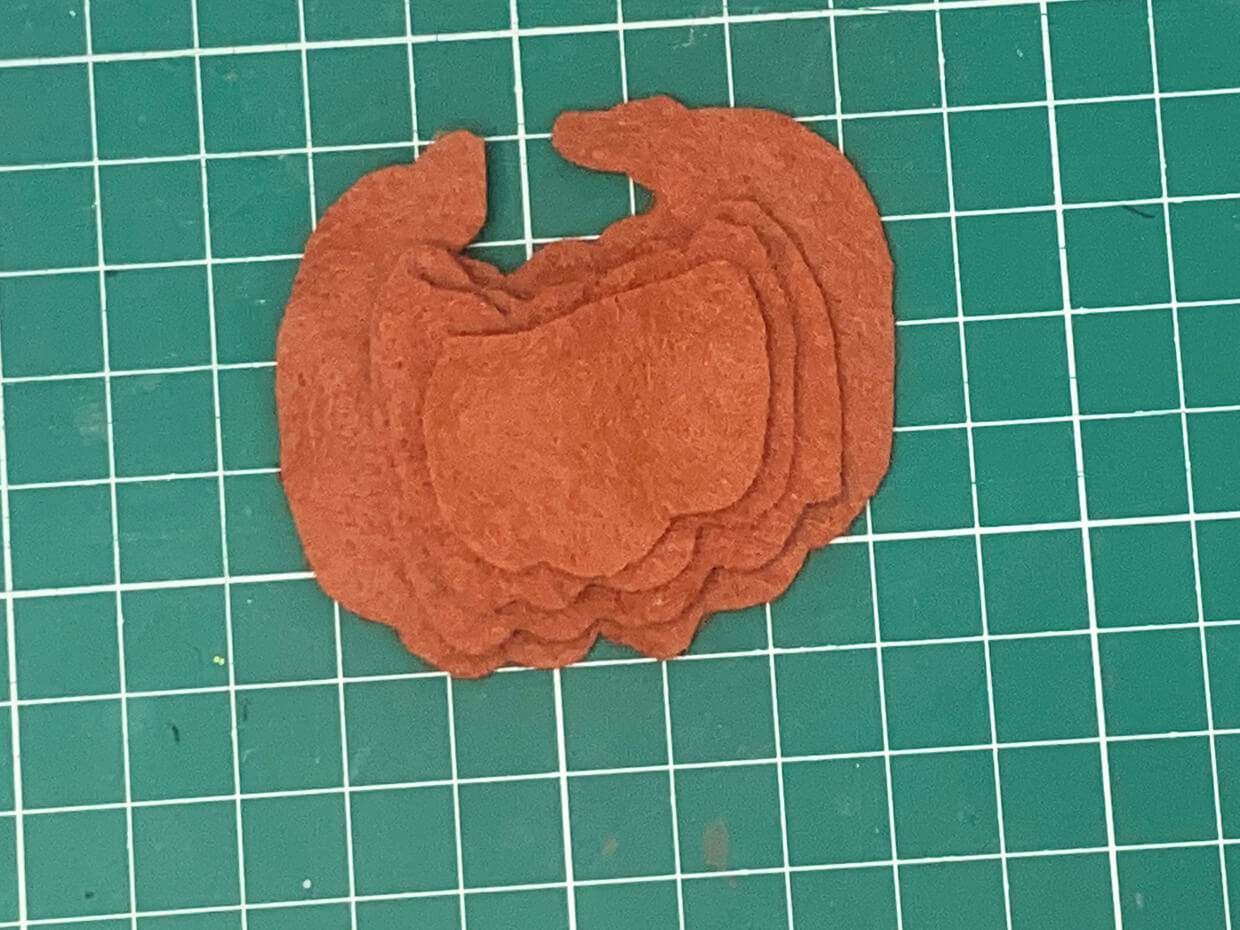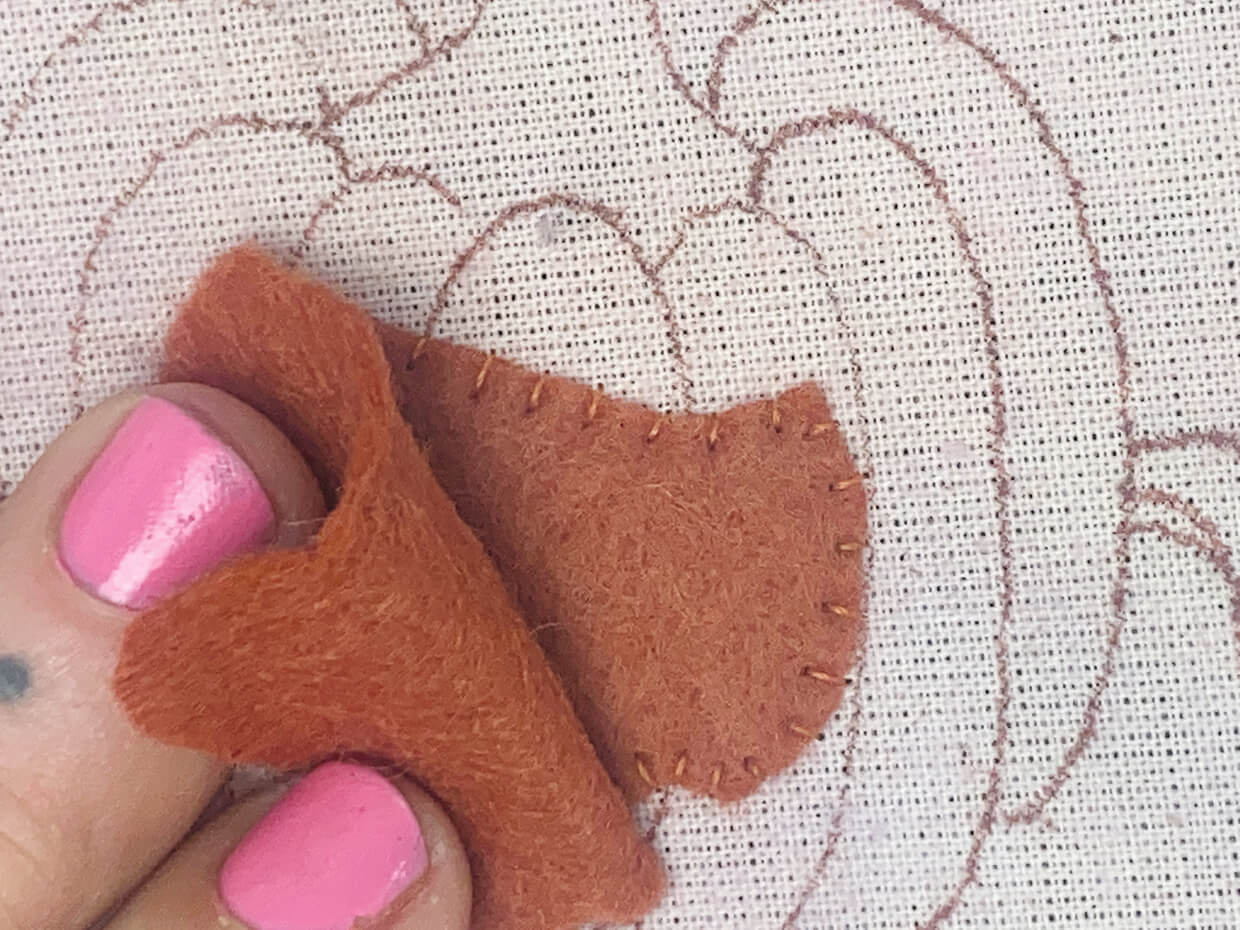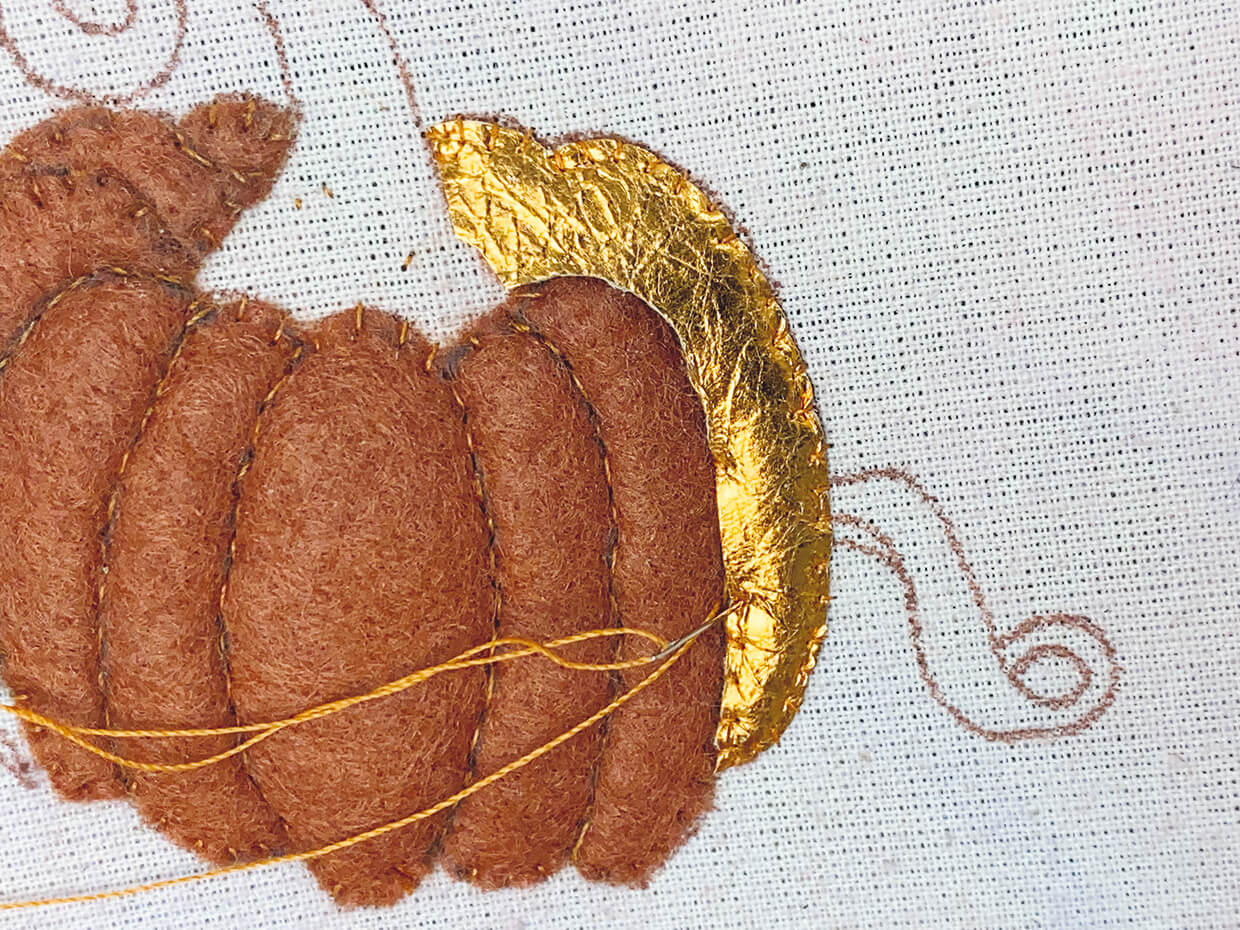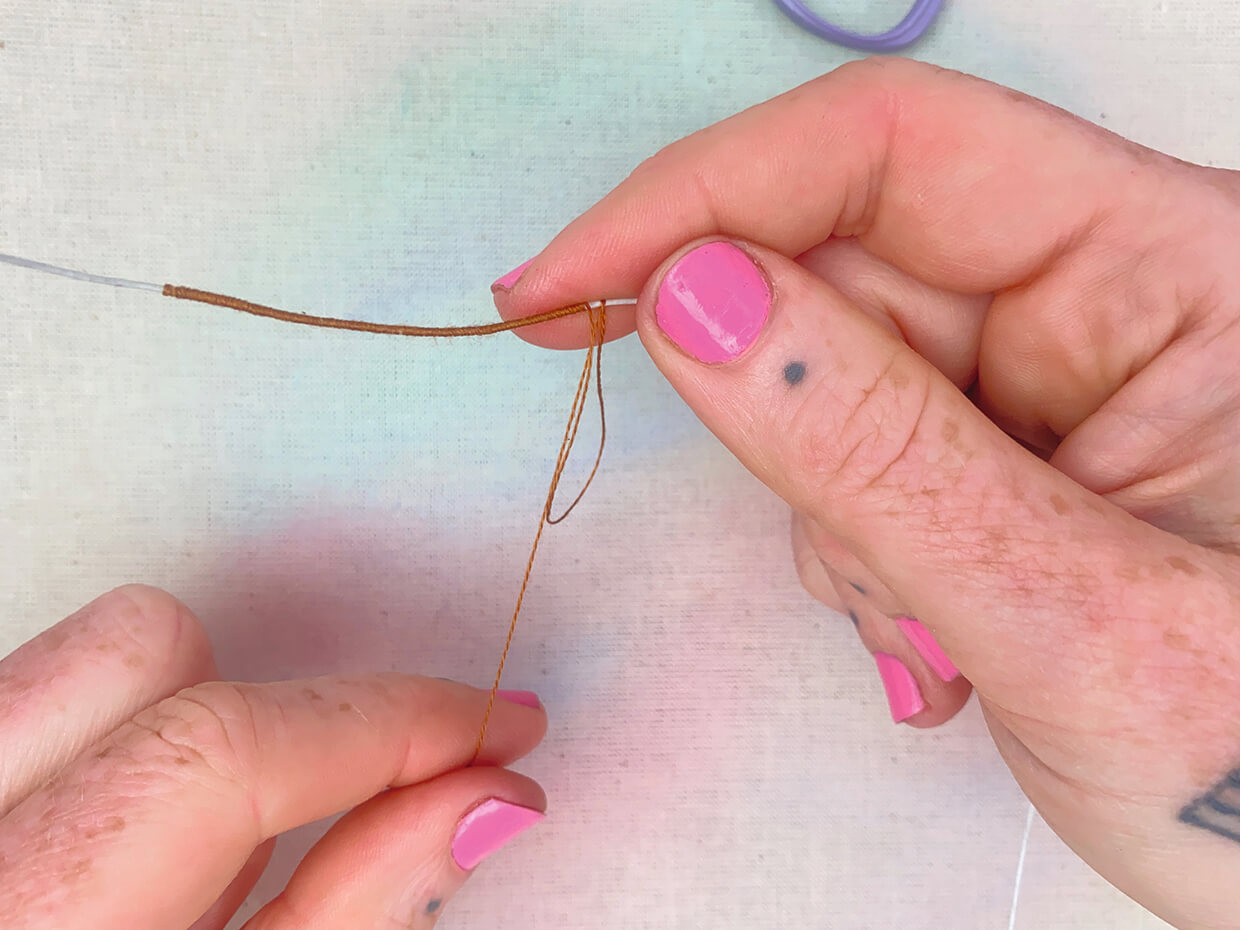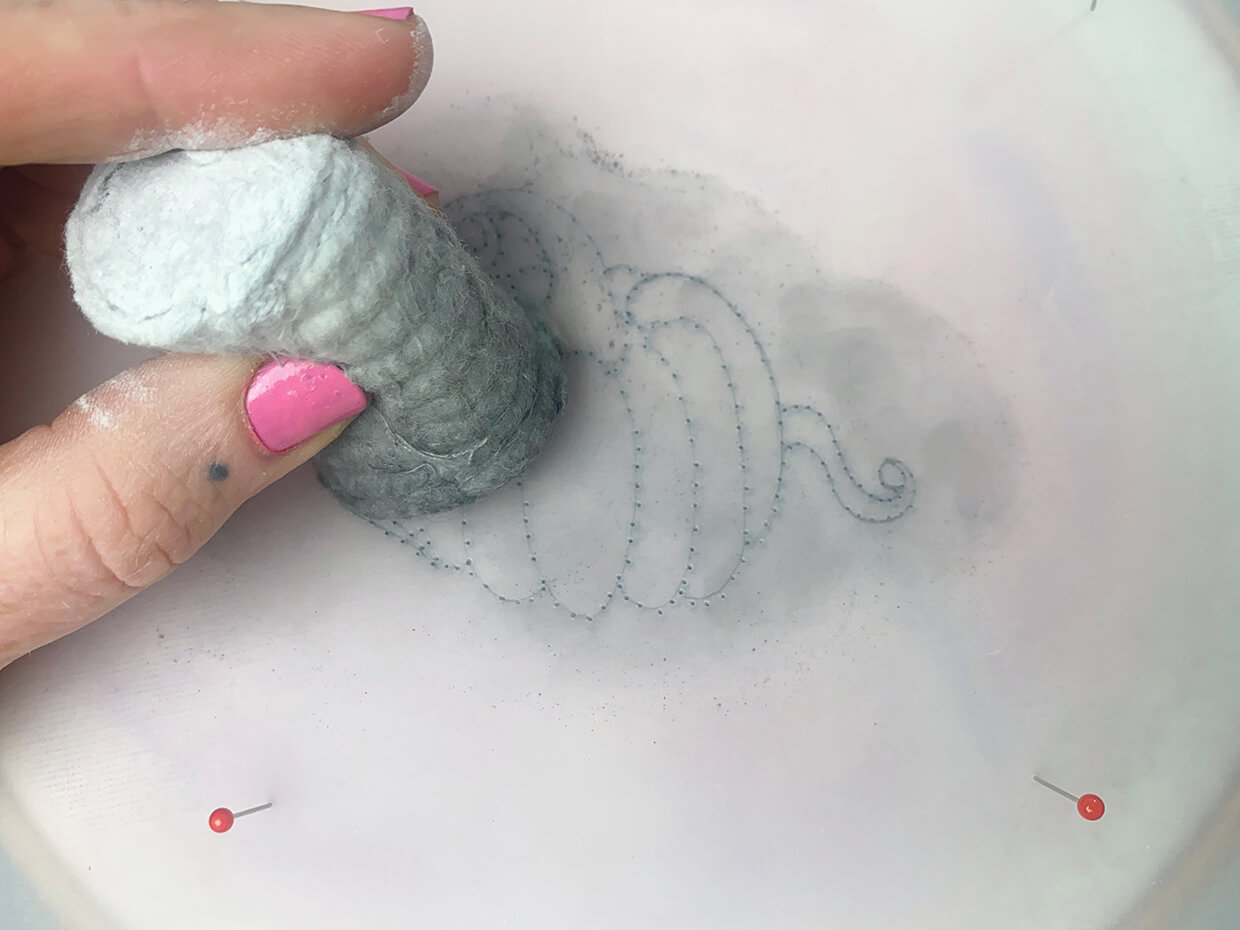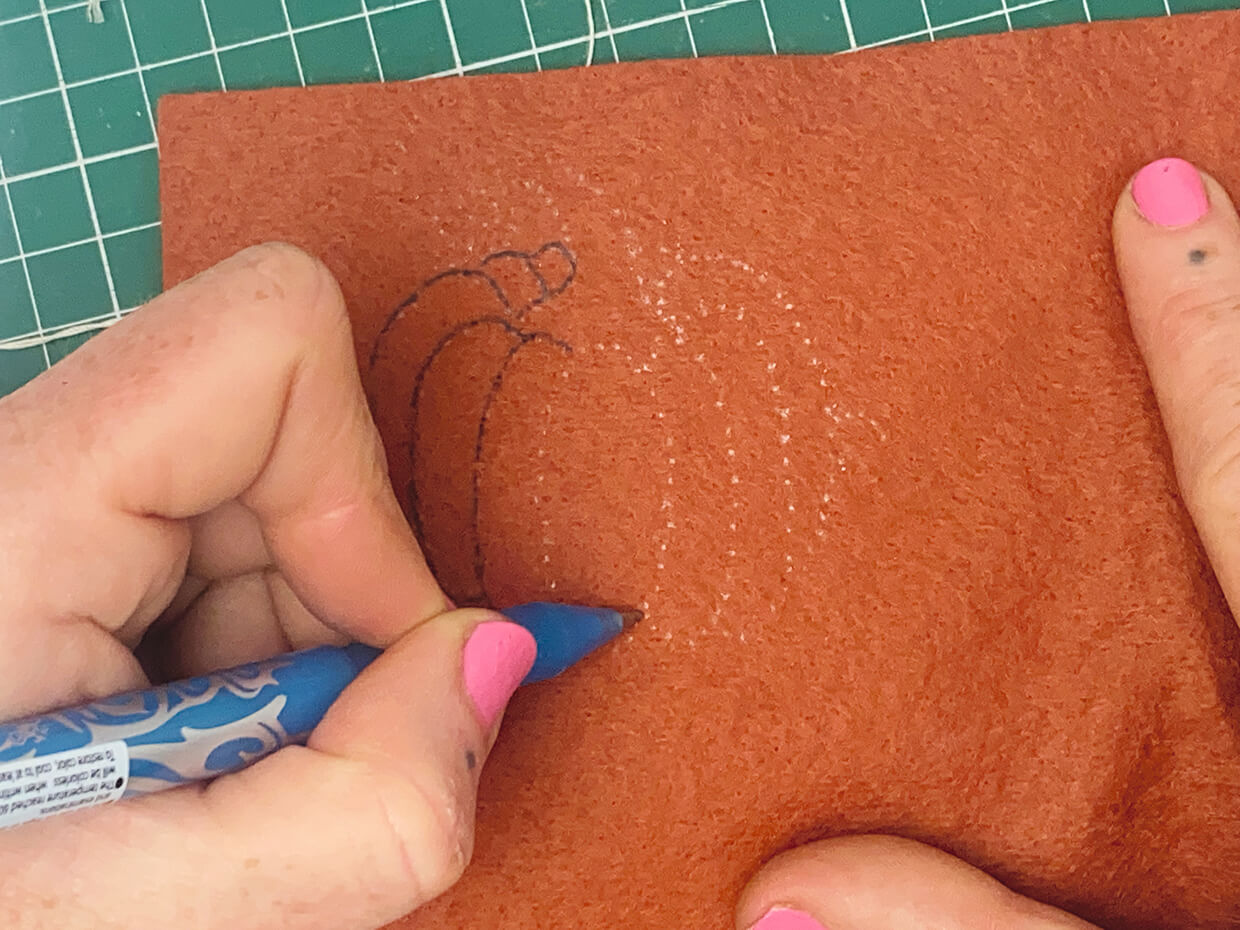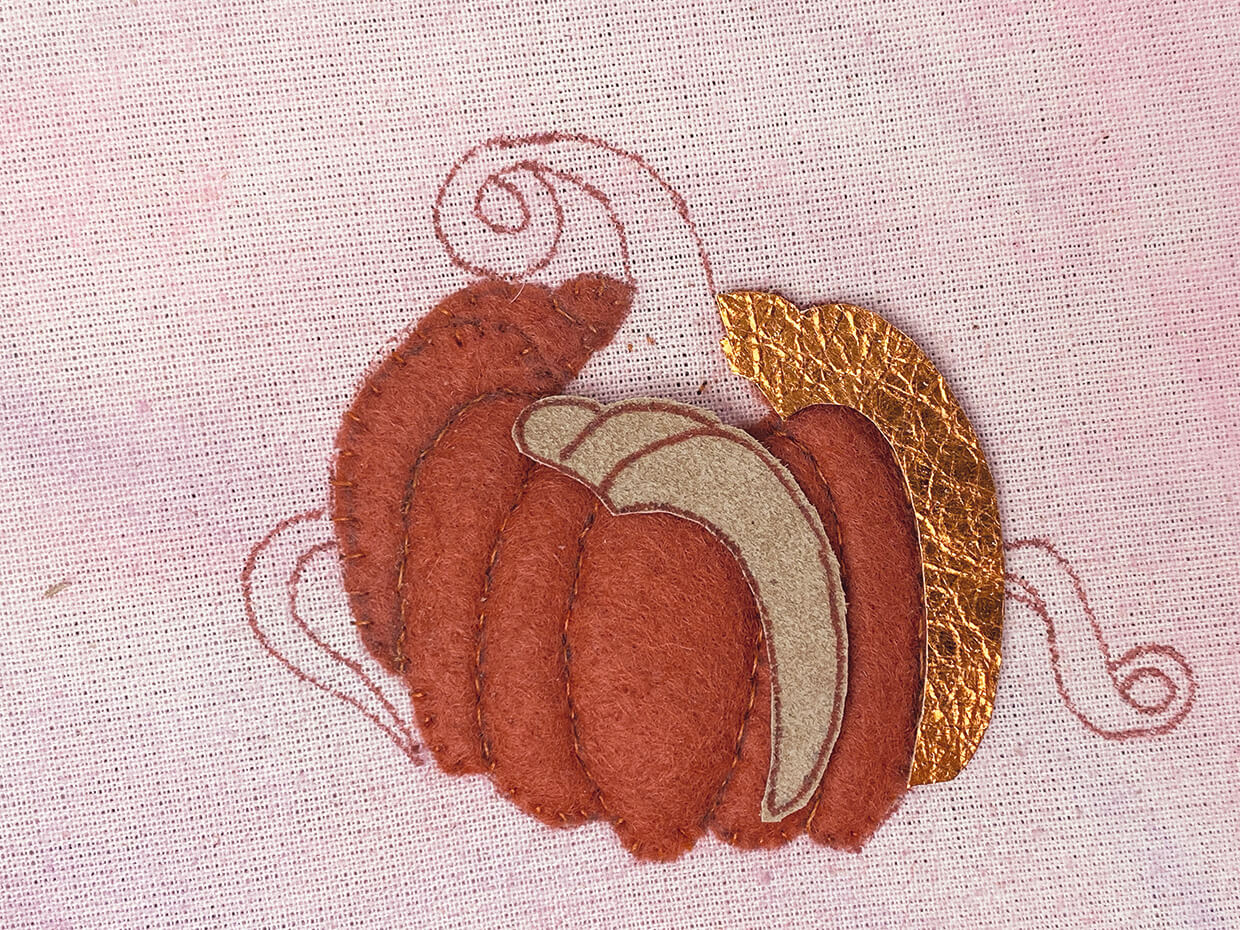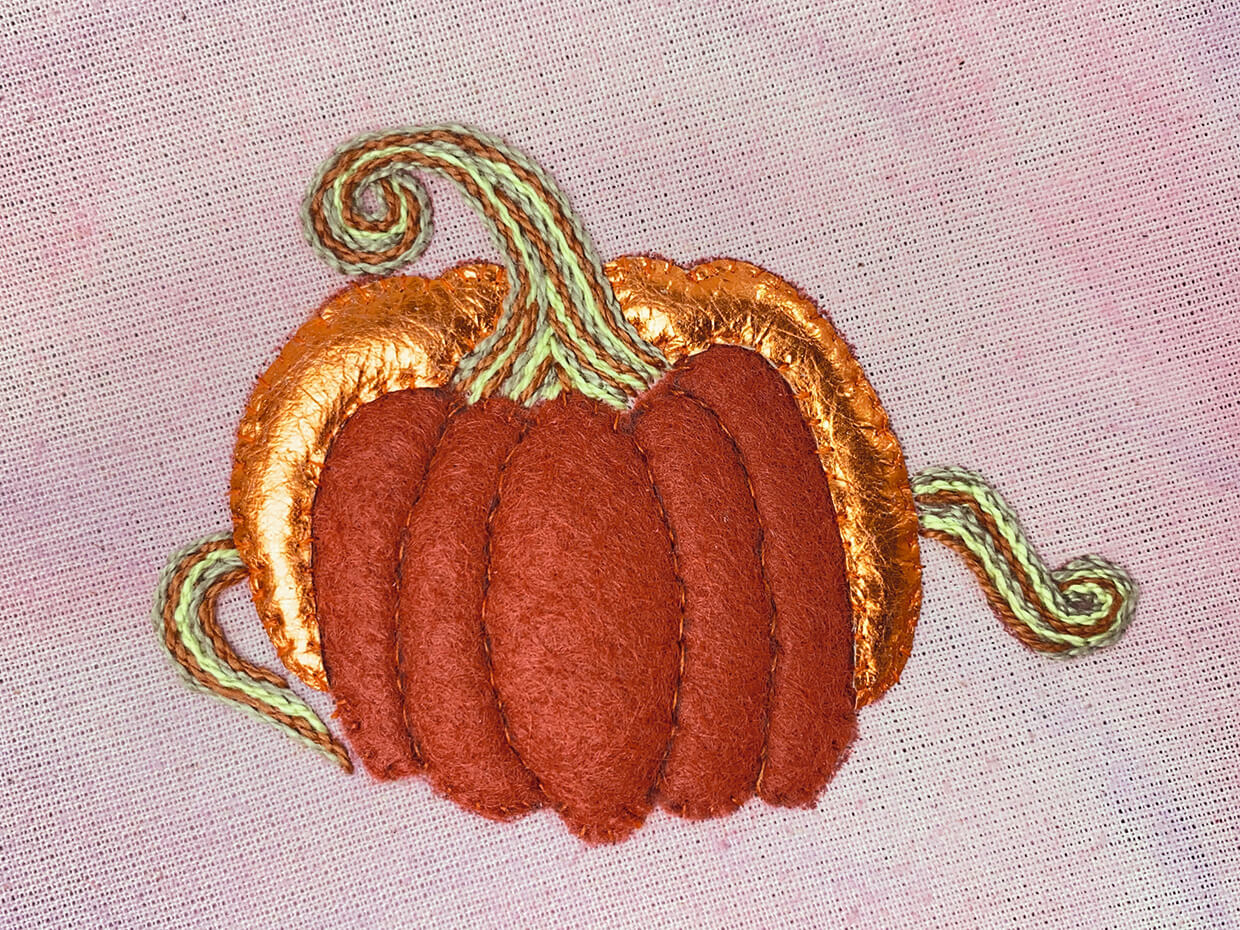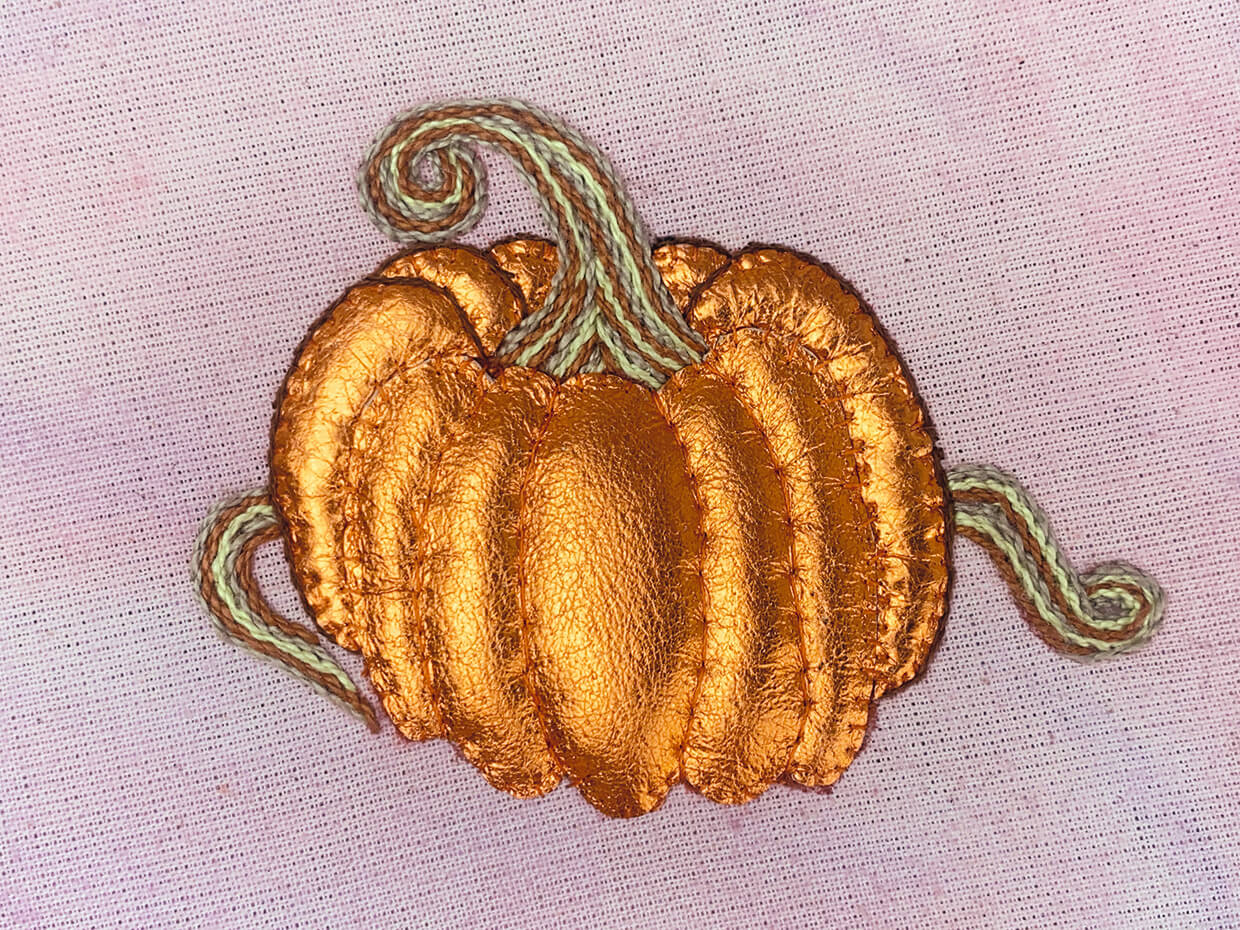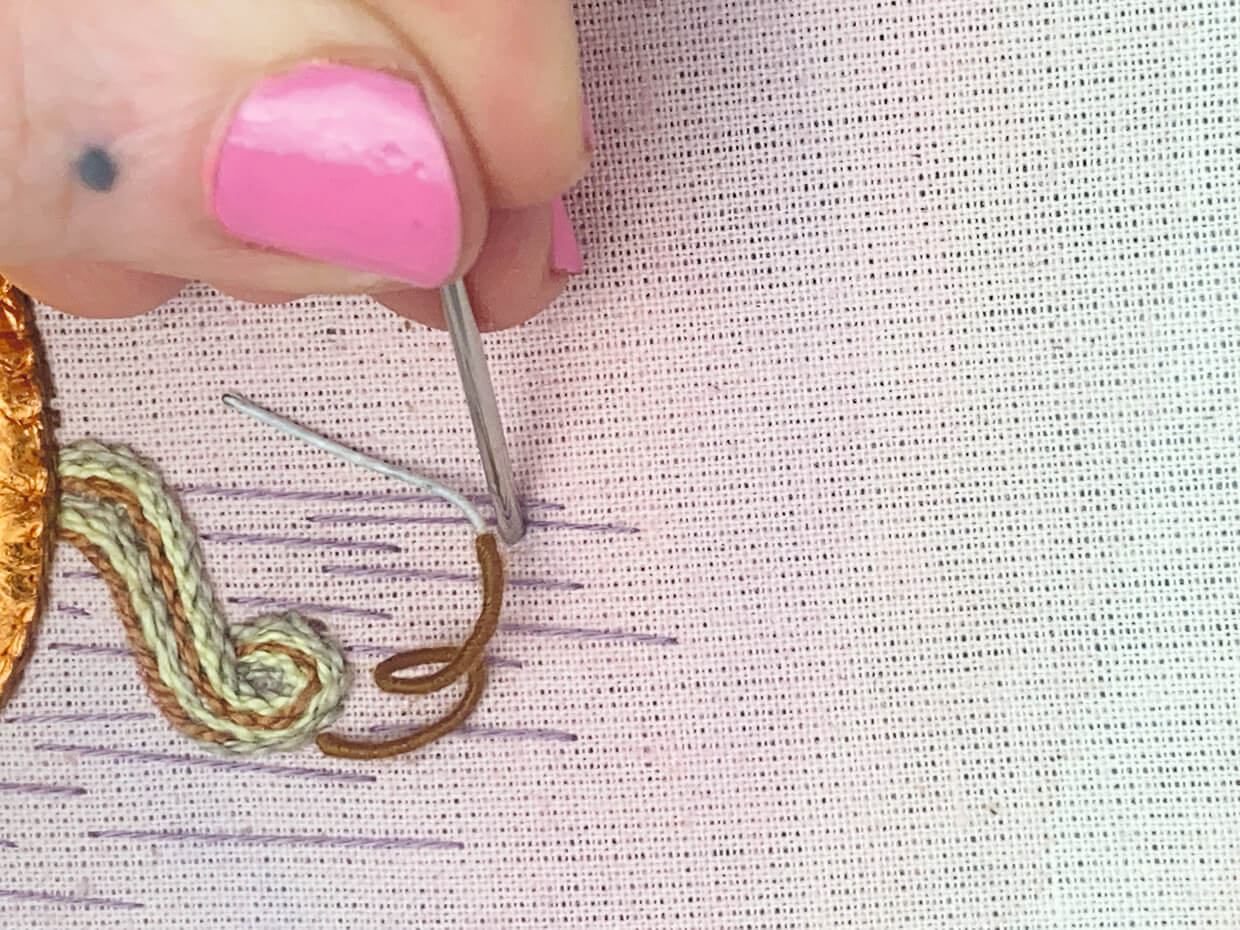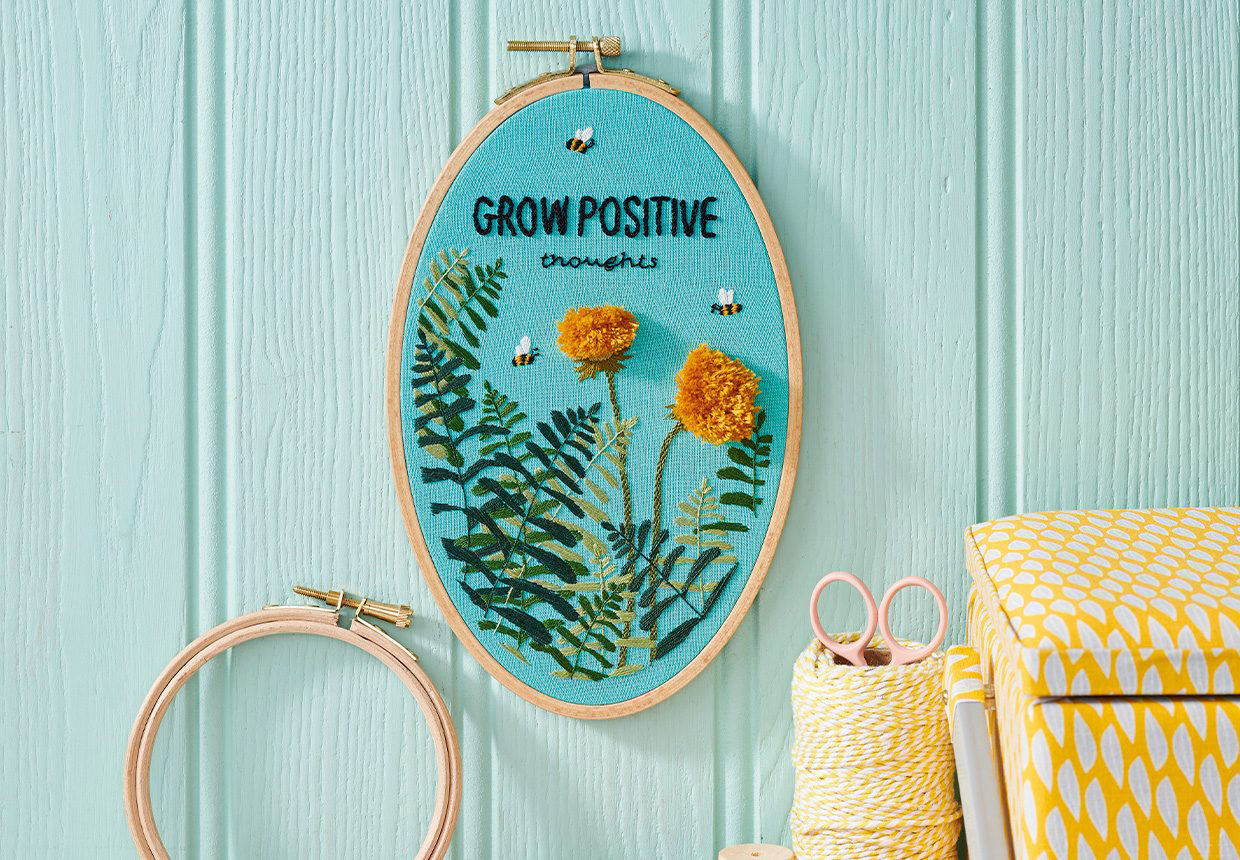A beginner’s guide to 3D embroidery + free pumpkin project
Are you looking to try something new, or hoping to take your stitching to the next dimension? 3D embroidery (also known as Stumpwork or Raised Embroidery) is a great way to give your stitching some extra flair.
There isn’t really a ‘correct’ way to go about it, but here we’ll explain some of the easiest and most frequently used methods to get you started on your 3D embroidery journey. Once you've got the techniques you can try them out on the pumpkin embroidery hoop by Amy Burt below.
What is the history of 3D embroidery?
3D embroidery is steeped in tradition, with examples of ‘raised work’ dating back to the 15th century. It was at the height of its popularity in the 17th century, but it’s having a resurgence of popularity in modern embroidery practice – and in the fashion industry too!
Looking for more stitching inspiration? Check out our free embroidery patterns for lots more ideas.
Jump to:
6 commonly used 3D embroidery stitches
These raised surface stitches can add depth to your design without the need for supplies beyond your standard needle and thread.
French Knot
French knots are the easiest of the 3D embroidery techniques. Individually, they work for stitching small round objects, such as berries – but when clustered together, they create a bumpy or fluffy appearance that’s ideal for stitching things like clouds or curly hair.
You can increase the number of thread strands or twists around the needle to adjust the size of the knot, making them protrude from the fabric more.
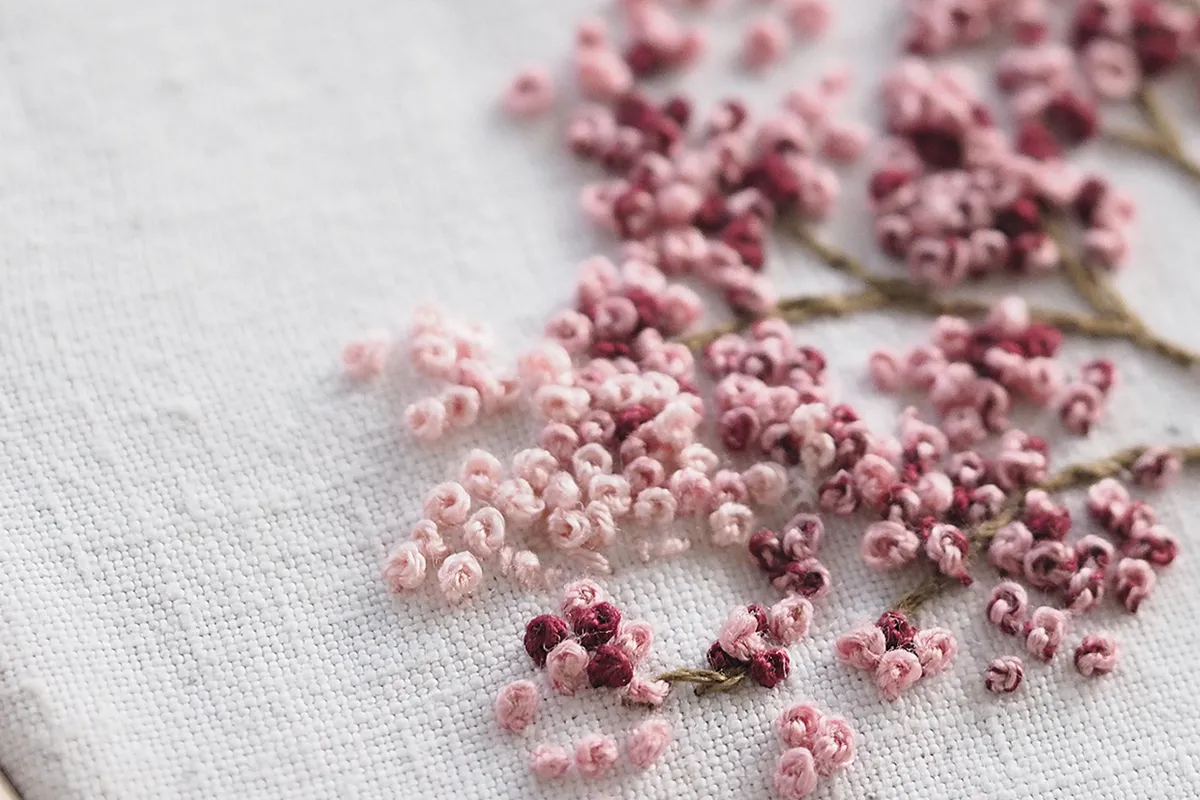
Bullion Knot
This elongated knot (also sometimes referred to as caterpillar stitch) can be worked as a straight line or with multiple knots spiralled together to make a rose shape.
The bullion knot can also be laid flush with the fabric or raised up to form an arch. To create a raised arch, simply increase the number of wraps around the needle.
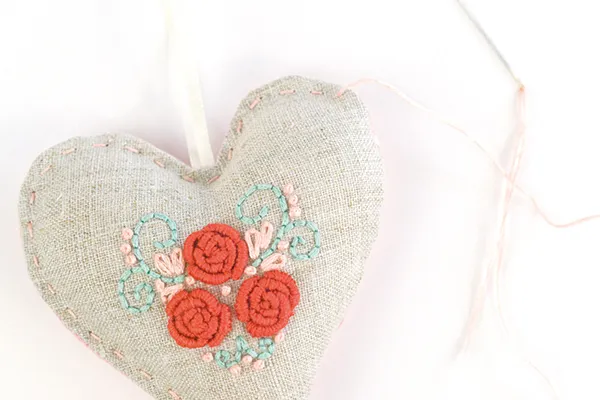
Padded Satin Stitch
Padded satin stitch is a great way of adding volume to an area of solid stitching. Simply work your ‘padding’ stitches across an area (we recommend seed stitch or satin stitch, but you can also use backstitch or chain stitch) before covering it with satin stitch.
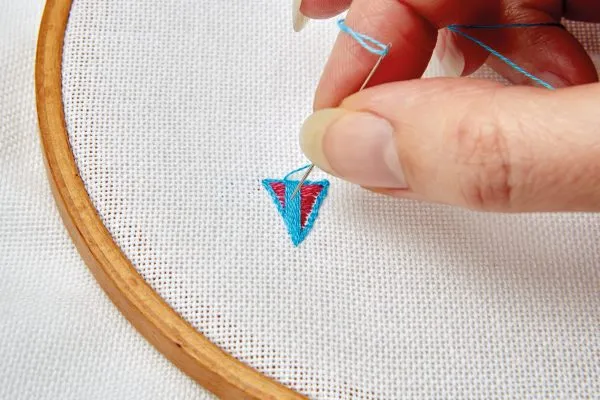
Woven Picot Stitch
There are a few varieties of woven picot stitch, but the version explained here has three prongs, is attached to the fabric on one edge and extends out in a triangular shape.
This stitch is perfect for working flower petals and leaves.
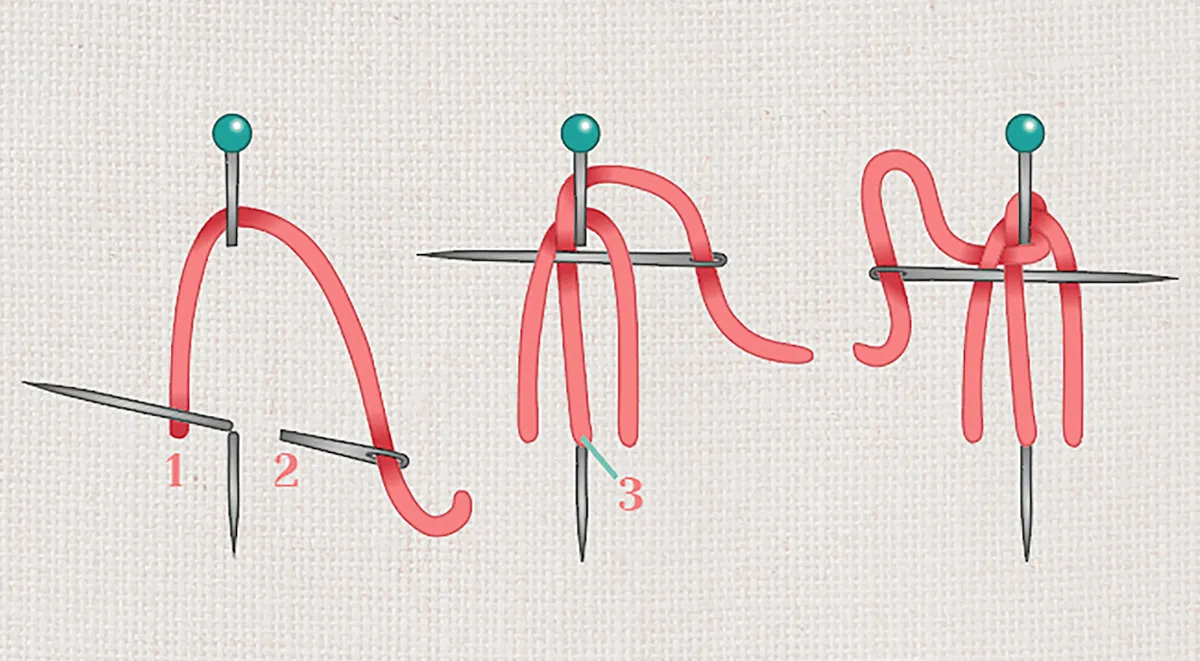
Turkey Stitch
Turkey stitch can be used to add loops or fringing to your design, which makes it great for creating amazing, realistic-looking hair and fur.
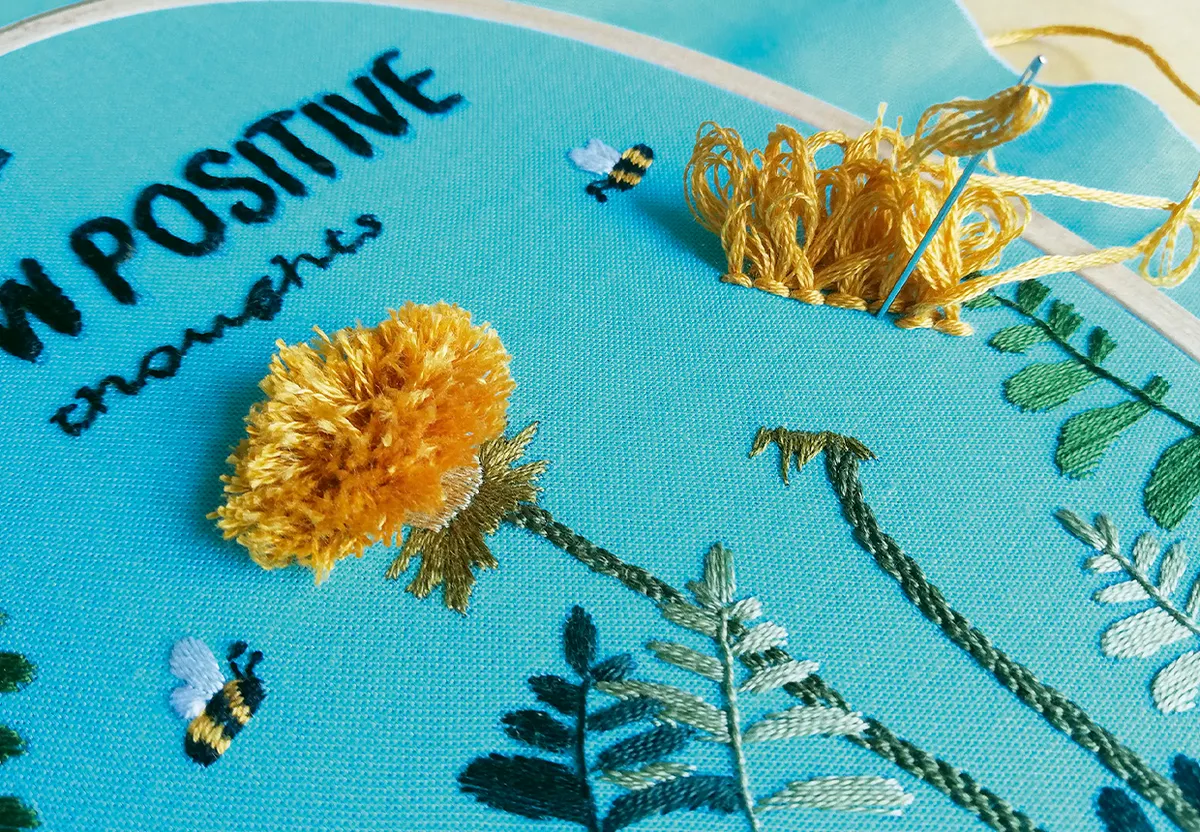
Couching Stitch
Couching stitch is a technique that involves laying a length of thread, cord or string onto the fabric and then stitching over the top to hold it in position. It’s great for creating chunky lines or filling an area with texture.
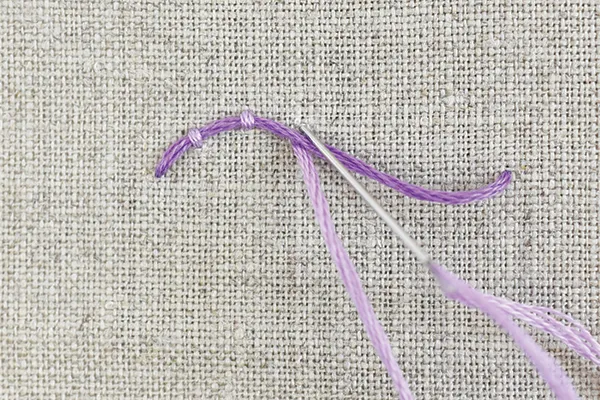
For more illustrated stitch guides check out our embroidery stitches library.
3D embroidery methods
Wired Shapes
These are formed by laying a wire loop around the edge of your chosen shape and then affixing it onto the fabric by stitching over the top. The inside of the shape can then be left as fabric or filled with stitching.
Once happy with the shape, cut out the fabric 2mm away from the outer edge of your stitching to form a mouldable piece of fabric in your desired shape.
The ends of the wire can then be inserted into the fabric of a design and secured in place.
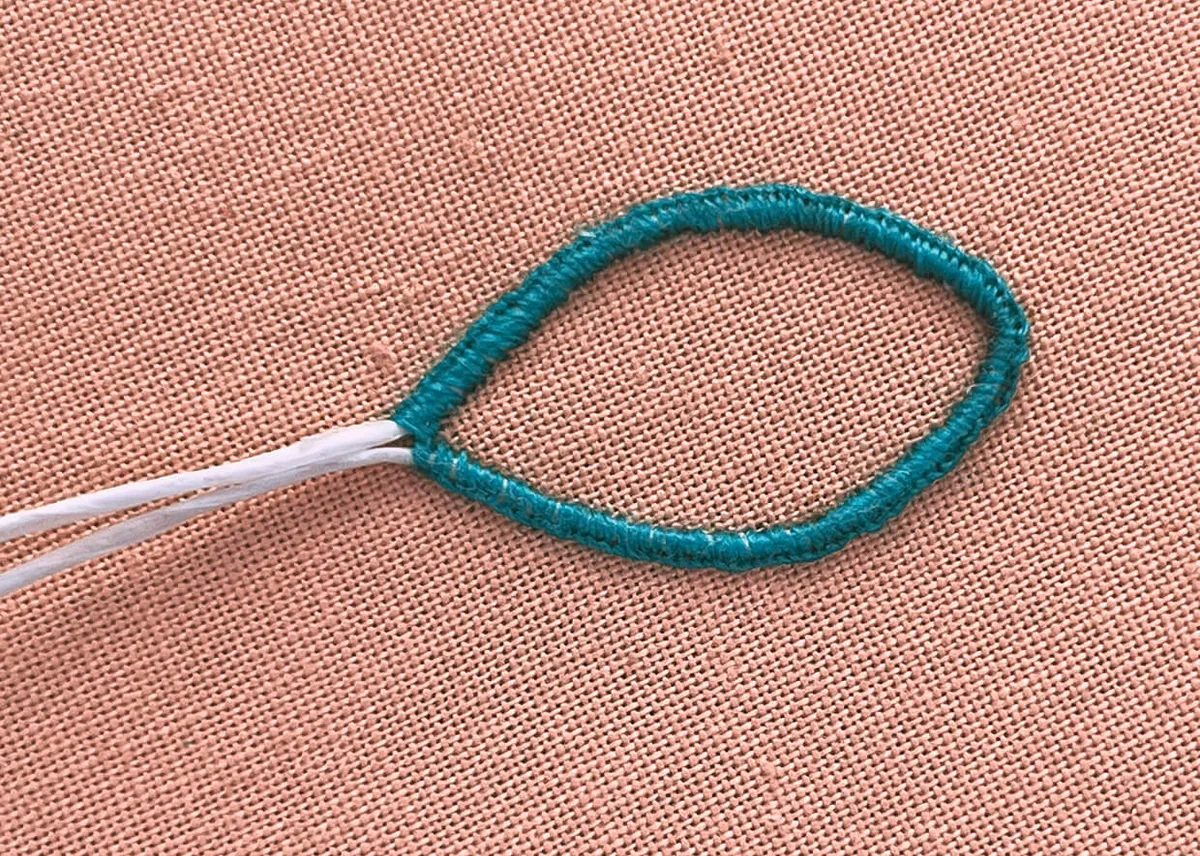
Felt Padding
This is where you use felt to pad the area under your stitching to create a raised form.
This can be done by layering felt fabric or by needle-felting carded felt wool onto the surface of your fabric.
Then, stitch over the area using satin stitch or long and short stitch, or by laying other fabric over the top.
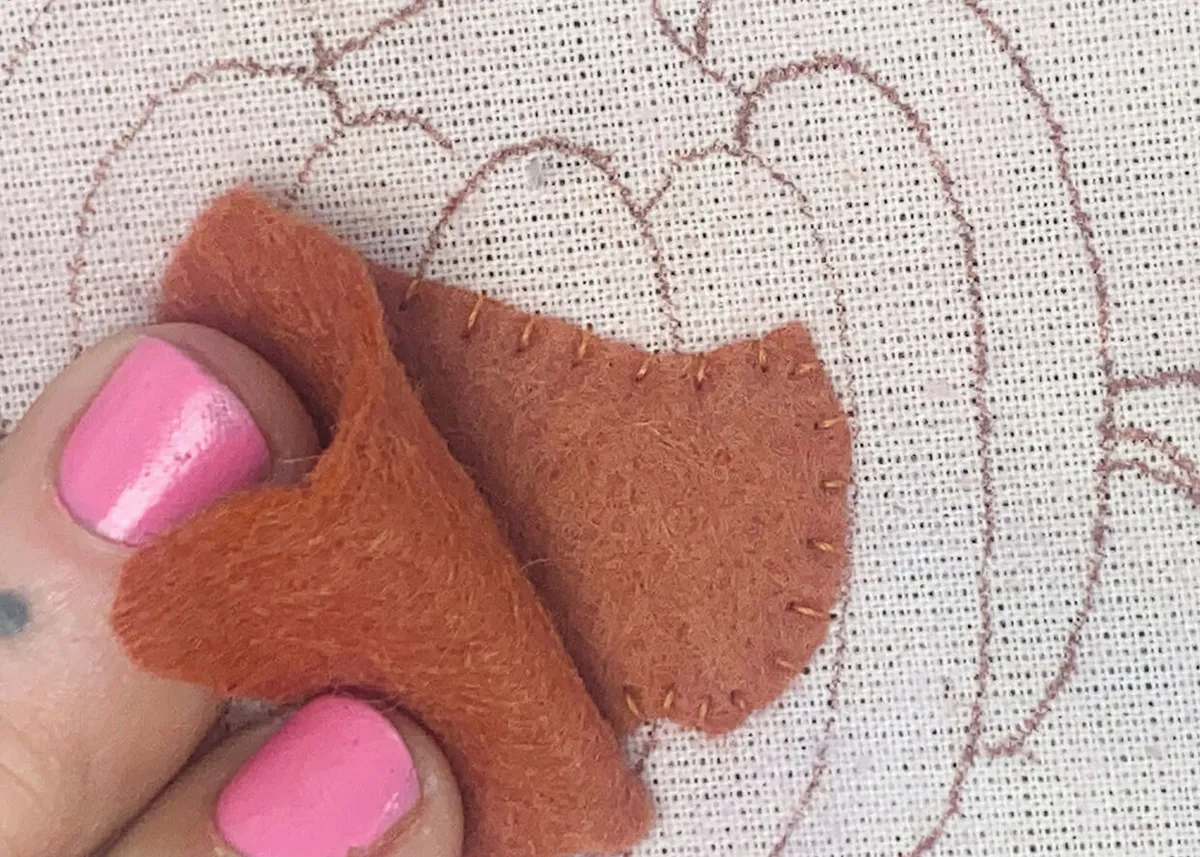
Fabric Slips
A fabric slip is made by first stitching a piece of lightweight and malleable fabric.
You then cut it out with a small border and work a single line of running stitch around the outside of the shape.
Pull the thread to gather the border of fabric toward the back. At this point, you can lightly pad the form for more volume if desired.
Then, whip stitch the shape into position on your design. Make sure not to make the shape of your slip too complex, as it can be hard to form.
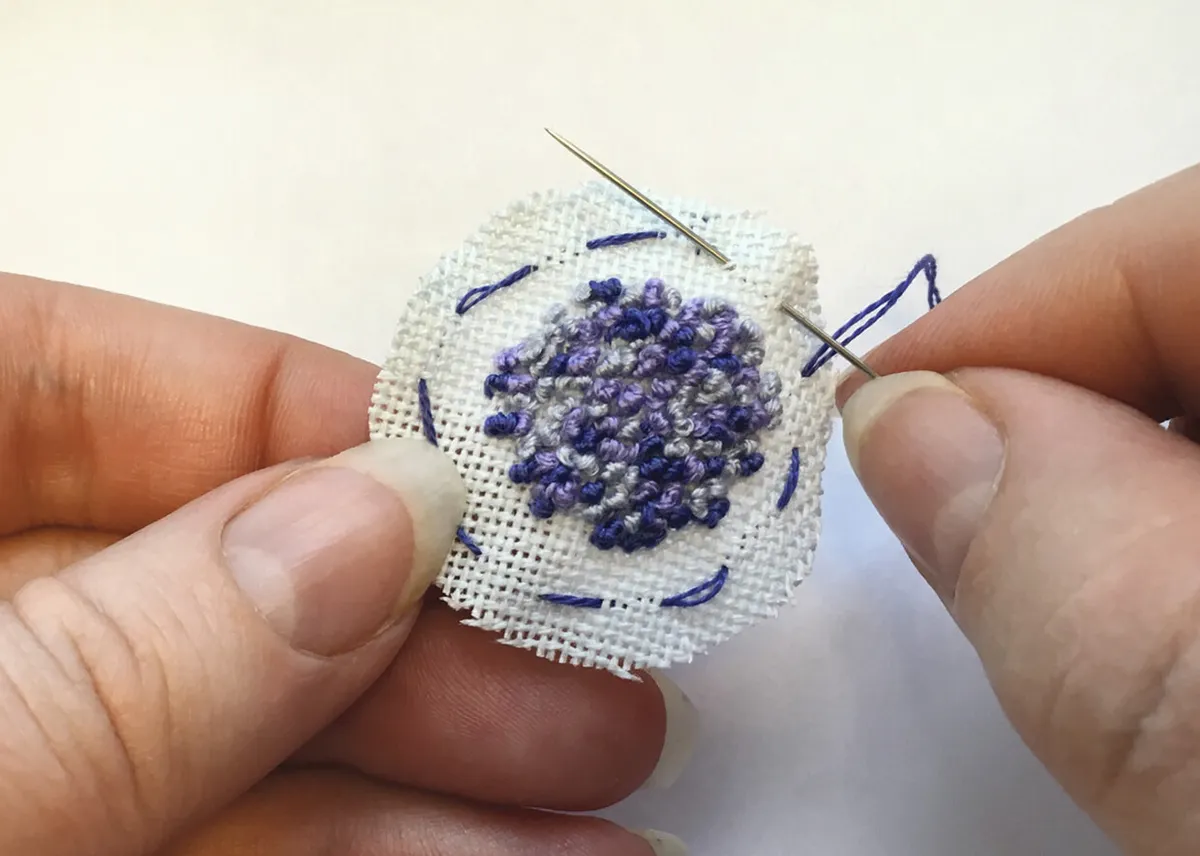
Thread Wrapping
This is the practice of wrapping strands of thread (or ribbon) around objects before attaching them to your fabric.
Wrapping large beads, wire or even pieces of card will help them blend in with the rest of your stitching, creating a cohesive aesthetic.
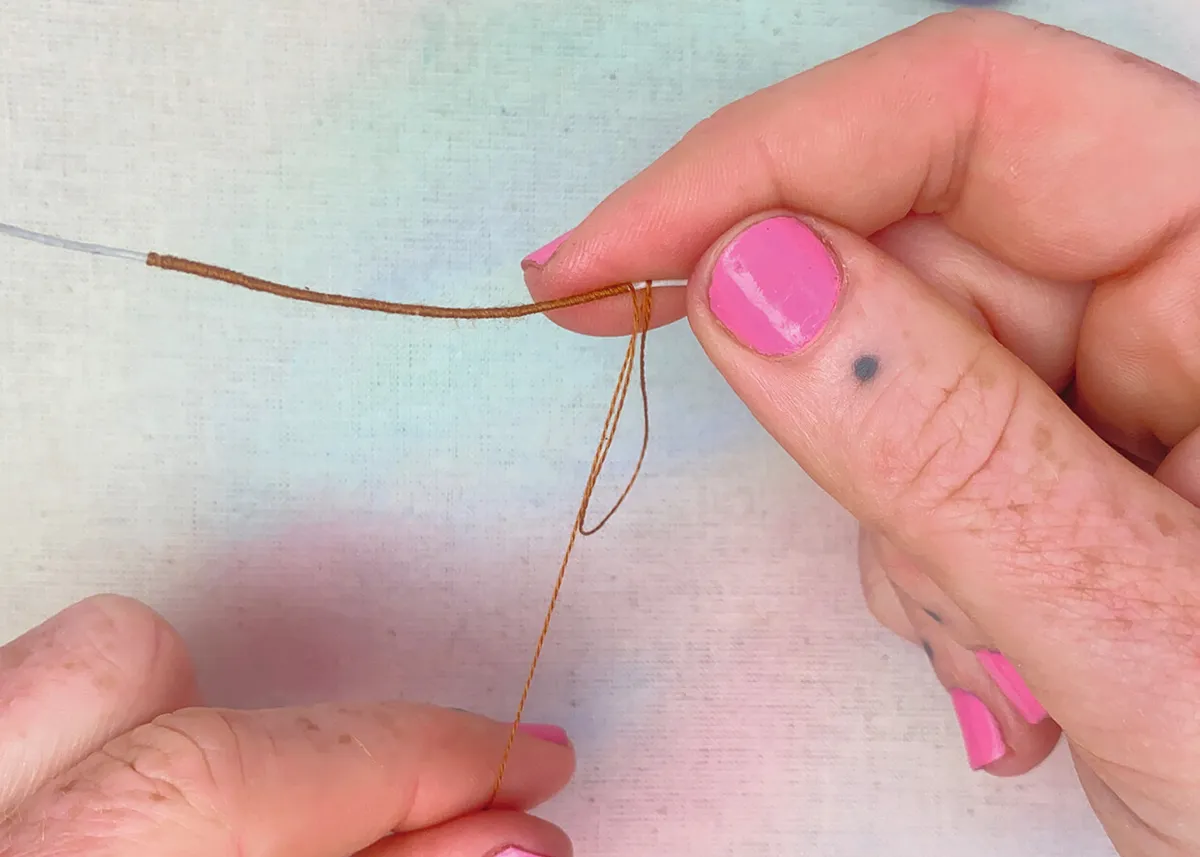
Beads, Sequins, and Buttons
These are a great way to give your design a tactile quality and a variety of visible textures.
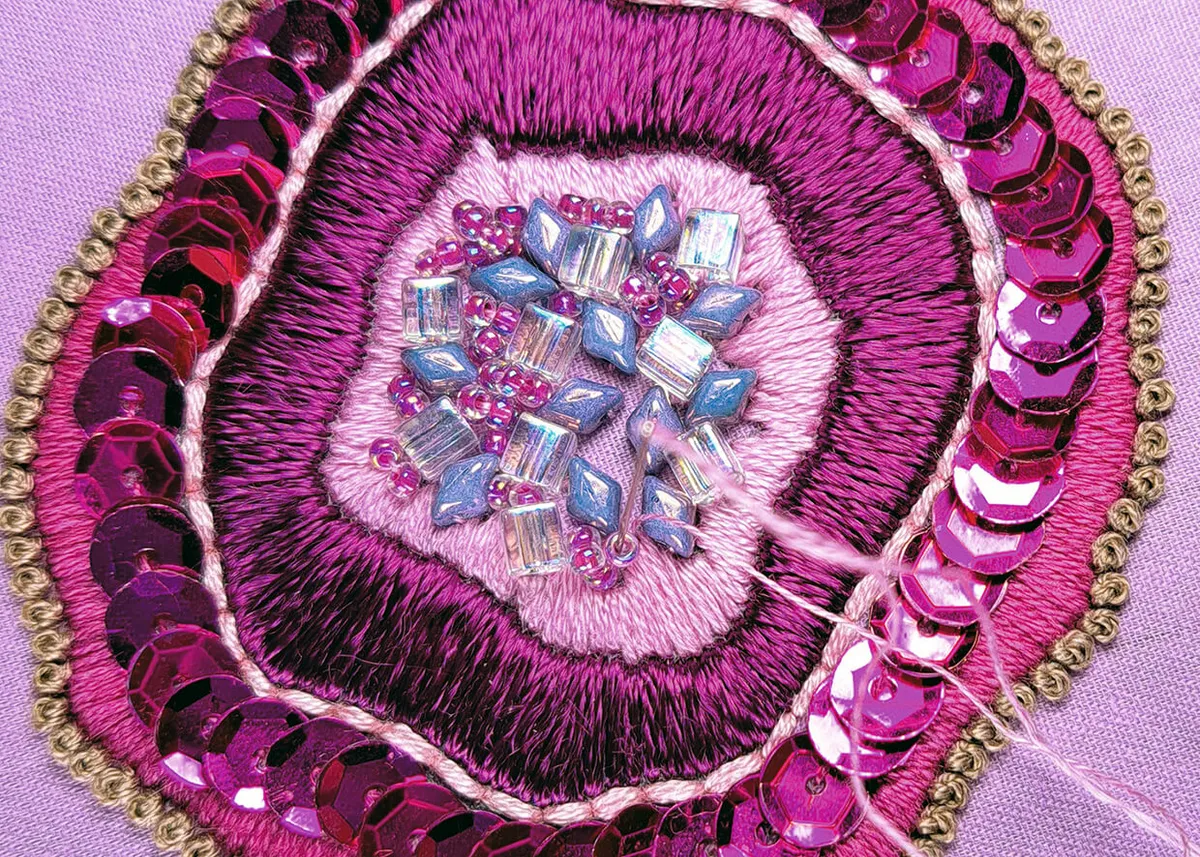
3D embroidery workshop: Pumpkin embroidery
Now you know a bit about 3D embroidery, you can try it out for yourself with our amazing felt-padded pumpkin. This project was designed by Amy Burt and first published in Love Embroidery issue 31.
Sign up for our embroidery newsletter to receive more beautiful embroidery patterns every week.
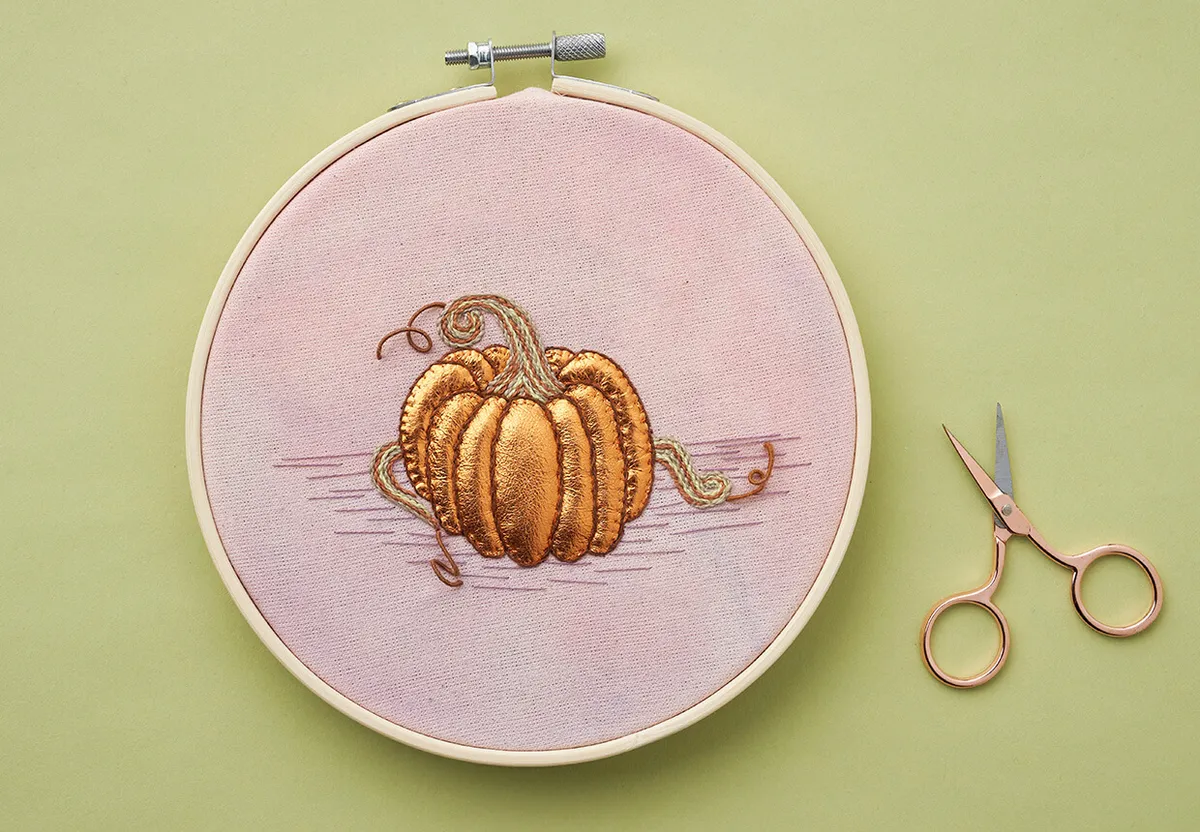
What do I need to know about this 3D embroidery project?
Below you'll find first a 4-step techniques section for your reference which will help you to master the techniques needed for this 3D embroidery. After that, you'll see the step-by-step to create your pumpkin embroidery hoop.
Which stitches do I need to know?
Backstitch, Stem Stitch, Straight Stitch.
Pumpkin embroidery template
You'll also need the pumpkin embroidery template.
